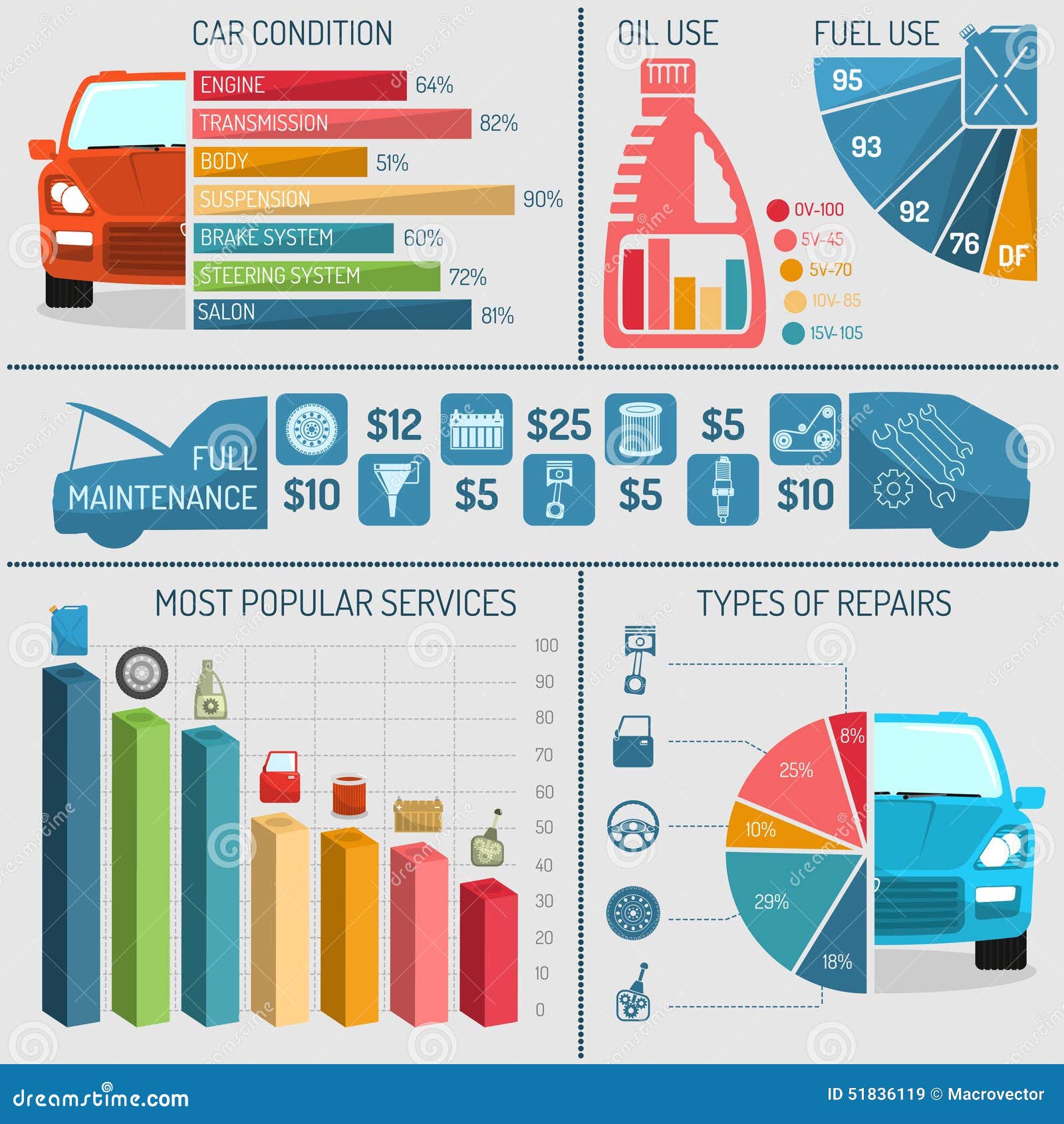Understanding The Significance Behind Your Car'S Caution Lighting: An Extensive Look
Understanding The Significance Behind Your Car'S Caution Lighting: An Extensive Look
Blog Article
Composed By-Hartley Gilbert
When you lag the wheel, those radiant warning lights on your control panel can be a little bit perplexing. Do you understand what they're trying to tell you about your cars and truck's health and wellness? Recognizing the significance of these lights is important for your safety and the longevity of your automobile. So, the following time one of those lights turns up, would not you wish to understand its message precisely and take the needed steps to address it?
Common Warning Lighting and Interpretations
Determine usual warning lights in your automobile and comprehend their meanings to guarantee risk-free driving.
One of the most normal caution lights include the check engine light, which indicates issues with the engine or emissions system. If this light begins, it's important to have your lorry checked without delay.
The oil stress cautioning light shows low oil stress, needing immediate interest to prevent engine damage.
A blinking battery light may recommend a faulty charging system, possibly leaving you stranded if not resolved.
The tire pressure surveillance system (TPMS) light alerts you to reduced tire stress, influencing car stability and fuel effectiveness. Ignoring this could bring about risky driving conditions.
The abdominal muscle light suggests a problem with the anti-lock stopping system, jeopardizing your ability to stop swiftly in emergency situations.
Lastly, the coolant temperature cautioning light warns of engine overheating, which can lead to serious damages if not solved quickly.
Understanding these common caution lights will certainly assist you attend to concerns immediately and keep safe driving conditions.
Importance of Prompt Focus
Comprehending the typical warning lights in your cars and truck is only the very first step; the significance of immediately addressing these cautions can't be emphasized sufficient to guarantee your security on the road.
When a warning light brightens on your control panel, it's your auto's method of communicating a potential concern that requires focus. Ignoring these cautions can lead to much more severe issues in the future, jeopardizing your safety and potentially costing you a lot more out of commission.
Prompt focus to cautioning lights can avoid break downs and mishaps. For instance, a blinking check engine light can show a misfire that, if left unattended, could cause damages to the catalytic converter. Addressing this quickly can save you from a pricey repair.
Similarly, a brake system alerting light might signify reduced brake liquid or worn brake pads, vital components for your safety and security when driving.
DIY Troubleshooting Tips
If you see a caution light on your dashboard, there are a few DIY troubleshooting pointers you can try before seeking specialist aid.
The very first step is to consult your vehicle's handbook to understand what the particular warning light suggests. Sometimes the issue can be as basic as a loosened gas cap activating the check engine light. Tightening the gas cap might fix the problem.
One more typical issue is a reduced battery, which can activate numerous advising lights. Checking the battery connections for corrosion and ensuring they're safe and secure may fix the trouble.
If a caution light persists, you can attempt resetting it by detaching the car's battery for a couple of minutes and afterwards reconnecting it. In https://brakelinefittings17395.blogvivi.com/32695712/mobile-car-outlining-enhancing-your-car-s-appearance-on-the-move , examining your lorry's fluid degrees, such as oil, coolant, and brake fluid, can help repair warning lights related to these systems.
Conclusion
To conclude, recognizing your car's warning lights is important for keeping your automobile running smoothly and securely. By quickly resolving visit this site and understanding what they indicate, you can avoid pricey repair work and prospective failures.
Remember to consult your cars and truck's handbook for specific details on each warning light and take action accordingly to make sure a hassle-free driving experience.
Keep notified, stay secure on the road!
